A Look Back at Five Years of Extreme E
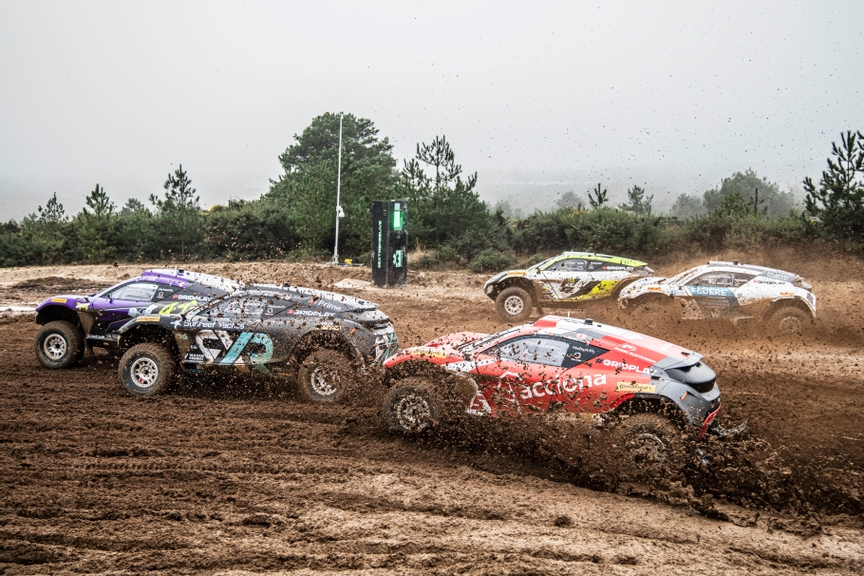
Top 5 Achievements of Extreme E (2021–2025)
- World’s First Gender-Equal Motorsport
Every team fielded one male and one female driver, with the performance gap shrinking by 70 percent from Season 1 to Season 4.
- A Global Gen Z Audience
Built one of the youngest followings in sport – average fan age 29, with a 60/40 male-to-female split – through short-form content and purpose-driven storytelling.
- Championing Sustainability
Achieved the lowest carbon footprint in international motorsport, using electric race cars, hydrogen-powered paddocks, sea freight, and remote broadcasting – with ALLCOT offsetting all unavoidable emissions.
- On-Track Milestones
26 races, 16 different winners (9 male, 7 female), and standout champions including Mikaela Åhlin-Kottulinsky (16 podiums), and Johan Kristoffersson (10 wins)
- A Lasting Environmental Legacy
Delivered hands-on projects in every race location – from mangrove planting in Senegal, to Amazon protection in Brazil, to rewilding beavers in Scotland.
Five years, 26 races, 18 teams, 43 drivers, and one incredible racing series – Qiddiya City brought the curtain down on Extreme E with two days of thrilling racing amid the backdrop of the Tuwaiq Mountains.
Extreme E’s success stories
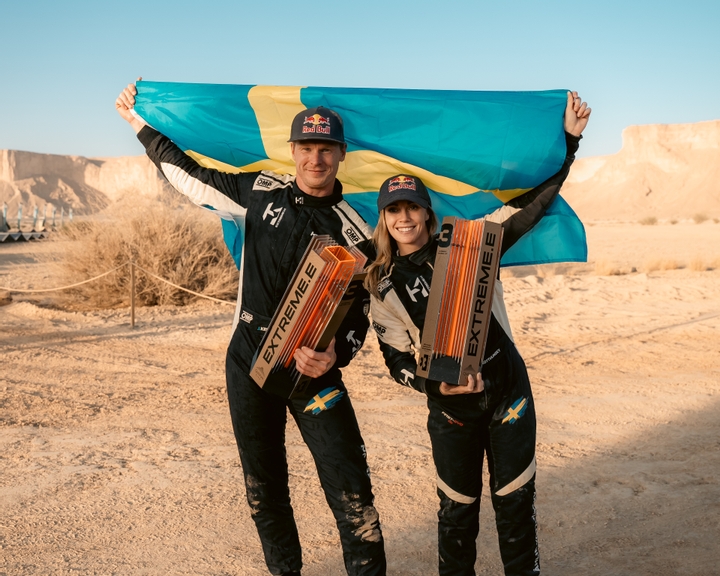
No fewer than 16 drivers tasted victory in Extreme E – nine male, seven female – since 2021, with Johan Kristoffersson taking more than any other driver (10). He also has the most wins at a single venue with four in Sardinia – as well as four across various Saudi Arabia race sites.
Molly Taylor, who partnered the Swede at Rosberg X Racing for Season 1 is the closest driver to him with eight, three of those coming alongside him in that first year, the rest coming with Kevin Hansen at Veloce Racing. Together, Taylor and Kevin Hansen have the second-most wins of any driver pairing while the early partnership of Kristoffersson and Taylor ranks third, such was their high-level of performance in their sole season together.
In fact, it’s the younger Hansen brother who has the second-most of the male drivers, with five – a number that further demonstrates how impressive Kristoffersson’s record is considering he only competed in one fewer round than the two-time champion.
But when it comes to podiums, it’s Kristoffersson’s team-mate from the last four years that tops the charts. Mikaela Ahlin-Kottulinsky has more top-three finishes than any other driver, male or female, with 16. After quietly racking them up in Season 1 with JBXE, she became a regular championship contender alongside Kristoffersson at RXR, and added two more with him, this time for Team KMS, at the Final Lap races last weekend.
Three drivers made it onto the podium in their first races, too, with Timo Scheider, Klara Andersson – who was the youngest podium finisher, and became the youngest winner in only her second start – and Ole Christian Veiby all getting on the rostrum in their maiden appearances.
A world tour bookended by an emerging global sporting destination
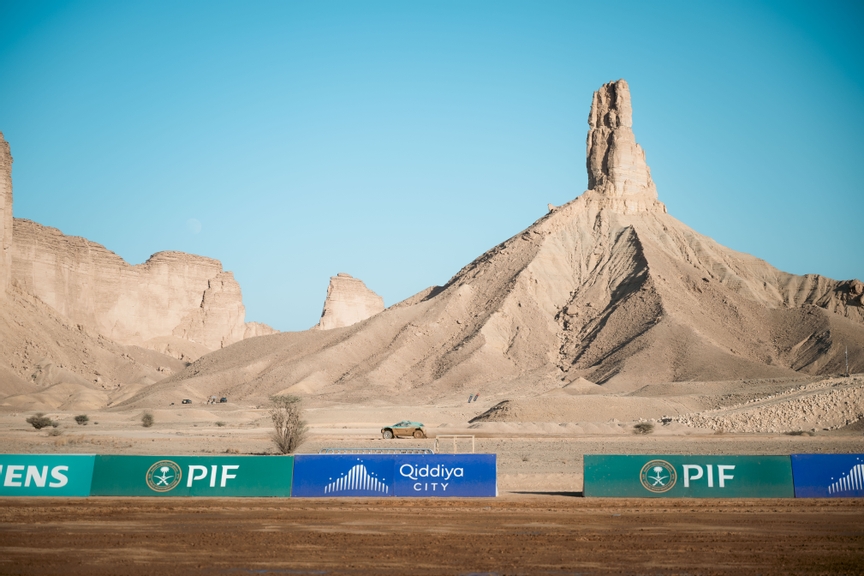
In total, eight countries hosted Extreme E rounds, with Saudi Arabia hosting the most with eight (including double headers). The Kingdom hosted the very first event in Al-'Ula in April 2021, and the Final Lap in Qiddiya in October 2025.
It's rather fitting for Saudi Arabia to be a consistent host of a modern, forward-thinking series such as Extreme E considering that sport is at the heart of the country’s Vision 2030, driving positive change, enhancing quality of life, and fueling economic diversification, and it has become an integral part of daily life across the Kingdom, inspiring healthier lifestyles and a stronger sense of community.
Beginning and ending Extreme E’s five-year world tour in Saudi Arabia also highlights the nation’s aim to become a global sporting destination, and puts Extreme E alongside the likes of Formula 1, international tennis championships, and esports tournaments, which have already welcomed over 3 million fans across more than 150 global events.
Another frequent stop was Sardinia, which hosted seven individual rounds, while Dumfries and Galloway in Scotland hosted four across a pair of double-header events. Chile was the only other repeat venue, with the Atacama Desert hosting a sole event in 2022 then a double-header a year later. Lac Rose in Senegal, Greenland, Bovington in England (all Season 1) and Punta del Este in Uruguay (Season 2) all hosted one round apiece.
Attracting established and emerging talent from all over the world
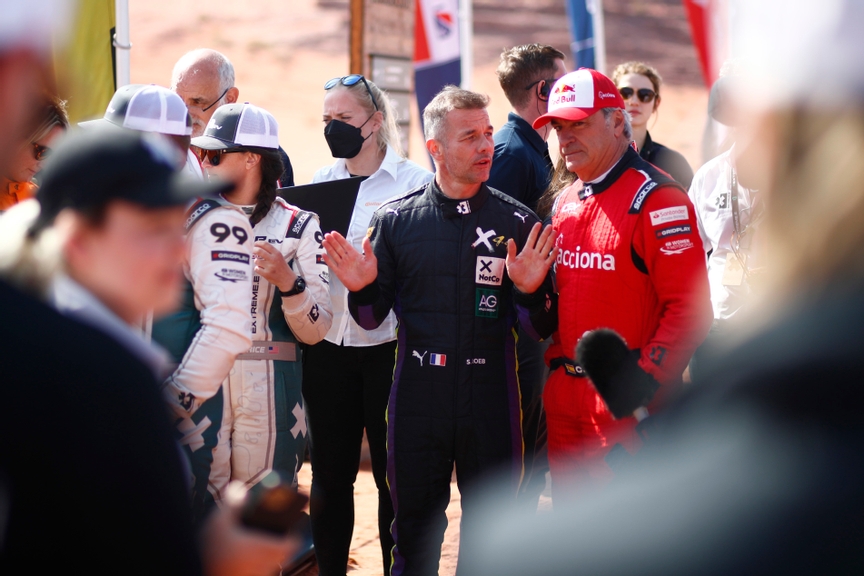
In total 18 teams competed in Extreme E, with ACCIONA | SAINZ XE TEAM and JBX as the only ones to feature in every single round, while Rosberg X Racing, Andretti, and Veloce Racing competed in every full season.
Those teams brought with them considerable manufacturer interest with Volkswagen, though its Cupra brand, General Motors’ GMC Hummer EV, and later McLaren all got involved. High-profile drivers also entered their own teams, with the likes of Formula 1 world champions Lewis Hamilton, Nico Rosberg, and Jenson Button, as well as two-time World Rally Champion Carlos Sainz, and seven-time NASCAR Cup Series champion Jimmie Johnson all had a sustained presence as team owners as well.
Those teams fielded a total of 43 drivers from a total of 16 countries, with 24 of those being male and 19 of them being female.
The United States of America featured the highest representation, with eight drivers taking part, ahead of Sweden with six, Great Britain with 5, Spain and Germany with four apiece, three drivers each hailing from both France and Norway, and two from Finland. Australia, New Zealand, South Africa, Italy, Jamaica, Argentina, Qatar, and Saudi Arabia were also represented.
As well as a mix of global stars, prominent drivers from a range of disciplines competed, with now eight-time World Rallycross champion (and Extreme E’s only double champion) Kristoffersson, nine-time World Rally Champion Sebastien Loeb, 2019 World RX champion Timmy Hansen, 2009 F1 title winner Button, and six-time US rally champion, 2021 Nitrocross champion, and 11-time X Games gold medallist Travis Pastrana all competing over the Extreme E’s five-year run.
Kristoffersson stands out as the only male driver to take part in every race, while Catie Munnings, Ahlin-Kottulinsky and Laia Sanz never missed a race out of the females.
At The Final Lap last weekend, additionally Taylor, and Christine GZ joined the aforementioned quartet as drivers who started both the first-ever and last-ever Extreme E event.
Always a series that has promoted rising talent as well as showcasing the best of established stars, three drivers made their debuts at The Final Lap, with Veiby, Tommi Hallman, and Claire Schönborn all featuring for the first time.
What’s more, while the series’ ‘Championship Drivers’ have been on-hand as reserve drivers and to assist with track preparation, the position has proved to be a vital stepping stone, with 19 of the 20 finding their way into a race seat.
Jutta Kleinschmidt was the first. Having served as Championship driver for the opening round of Season 1, she was drafted in by Abt Cupra in Senegal, and immediately moved the team forward, helping the team to its first top-five result in her first event, and its first podium two races later.
With Kleinschmidt in a race seat, her reserve spot was taken by Tamara Molinaro, who went on to become Extreme E's longest-serving Championship driver.
After seeing out the remainder of Season 1 on the sidelines, she graduated to a race seat with Xite Energy Racing for Season 2, and finished on the podium in just her second start. Throughout Seasons 3 and 4 she was Championship Driver once again, making further stand-in appearances for JBX and NEOM McLaren.
The trend continued right until the Final Lap where Season 4 Championship driver Tommi Hallman graduated to a race seat with JBX, while newcomer Schönborn came in as a late replacement for Taylor during Race 1, aiding a remarkable turnaround for the team to win the Redemption Race. Patrick O’Donovan also featured for STARD, having made his debut in the final rounds of 2024 after starting last year as a Championship Driver as well.
On both days the Final podium featured former Championship Drivers, too, with Andreas Bakkerud taking third in Race 1 and winning Race 2. In winning the last race, Bakkerud joined an elite club of Andersson and Fraser McConnell who have gone on to win races after starting their Extreme E careers as championship drivers.
Hedda Hosås was second on the first day, adding to her podium finish in Sardinia Season 2, which came a race after her last-minute debut in that year's Saudi season opener.
Racing with a purpose
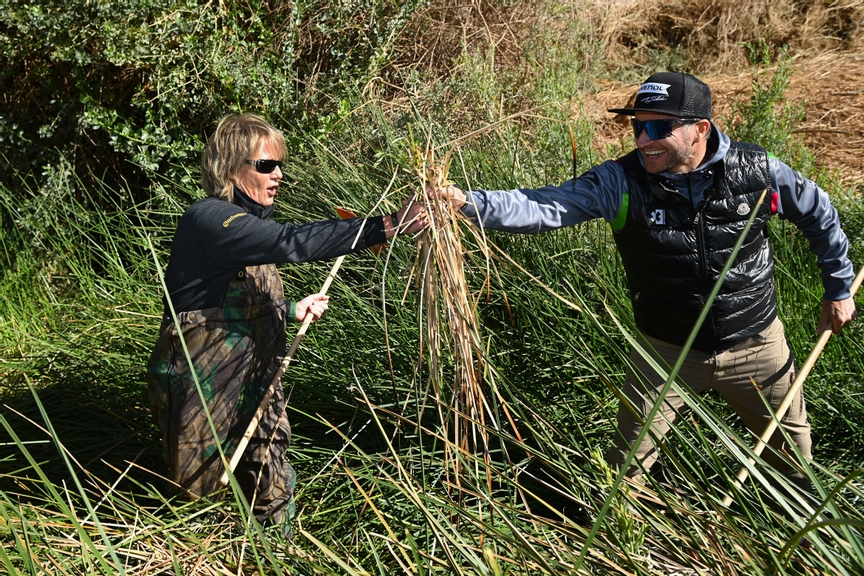
Extreme E was built on the foundation of racing with a purpose, and that doesn’t just mean on track, but off it too. A signatory of the UN Sport for Climate Action (UNFCCC) and Sport for Nature, the bar of responsibility was set high from the outset.
The series pioneered a groundbreaking 50-50 gender split among its teams, with every entrant fielding a male and female driver, and each dividing up the driving time equally. The move not only highlighted global female talent, but allowed them to improve as well.
Aside from the already highlighted point that the driver with the most podiums overall is a female driver, across the four full seasons of Extreme E, the pace gap between the male and female drivers shrunk by a massive 70 percent – from 6.51 percent over the first season, to just 2.73 percent in Season 4.
The statistics – and the rate of improvement – show that if you give female racing drivers a chance, they can perform at the same high level in what has traditionally been a male-dominated sport. Outside the teams, 48 percent of the fanbase has been female too, almost perfectly mirroring the series’ sporting credentials.
Away from the racing, Extreme E has been committed to leaving a positive legacy in the remote locations it visits, and beyond. These programmes focus on addressing local environmental and social challenges, and leaving behind something to benefit the local area.
Highlights include: Turtle Conservation (KAUST) and coral conservation - Saudi Arabia; A million mangroves planted – Senegal; Cocoa farming and Amazon conservation (The Nature Conservancy) Brazil; Rewilding beavers (National Trust) - United Kingdom; Schools climate education (Unicef) – Greenland; Marine protected environment advocacy - Uruguay; Seagrass planting and wildfire recovery (MEDSEA) – Sardinia; Salmon conservation (River Nith) – Scotland; Regreening - Saudi Arabia; Conservation of endangered frog species – Chile.
Across four seasons, Extreme E built a global audience with a distinctive 60/40 male-to-female split and an average fan age of 29, making it one of the youngest followings in world sport. Designed to engage Gen Z, the series combined electrifying racing with themes of purpose, sustainability, and equality, amplified through short-form digital content, and interactive fan voting. By racing in climate-affected locations and pioneering a gender-equal format, Extreme E left a legacy of innovation and impact both on and off the track.
Extreme E is a pioneer of low emission technology in sports, and worked to reduce emissions across all of our sectors by engaging in key initiatives such as racing 100 percent electric race cars, using green hydrogen energy to power event sites, utilising sea and rail freight to reduce transport emissions and broadcasting remotely with limited staff on-site.
As part of the series’ continued push for sustainability, 80 percent of the on-site power used at the 2024 Hydro X Prix in Scotland was produced using a hydrogen fuel cell (exceeding the pre-season target of 75 percent) while Zenobe’s second life repurposed batteries were used to store renewable energy produced on-site.
Extreme E has achieved the lowest carbon footprint in international motorsport, setting a new benchmark for sustainable sport. The series reduced emissions through measures such as having no on-site spectators, prioritising remote broadcast production and renewable energy sources like hydrogen, electricity and solar for event power and car charging, and utilising the St. Helena ship to reduce freight emissions. All unavoidable emissions were then independently measured and fully offset by ALLCOT, ensuring each season was carbon neutral while driving awareness of climate action across the globe.
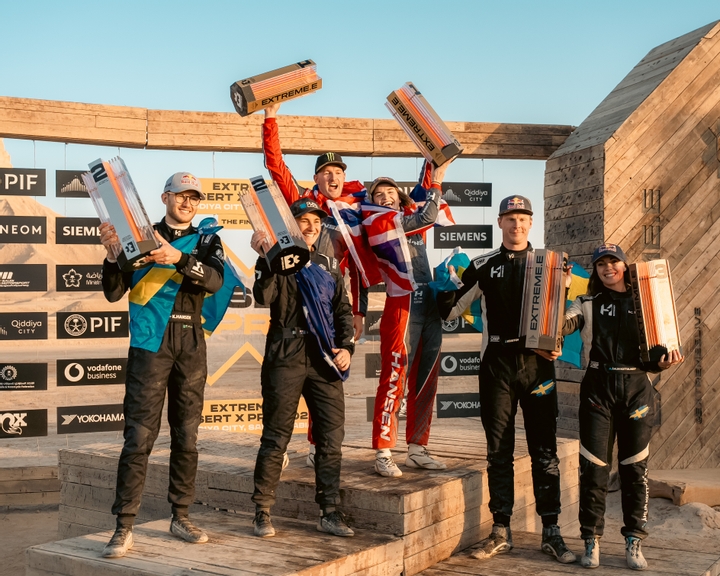
But while we’ve racked up the numbers since Extreme E debuted in 2021, it’s time for the counters to be reset and the slate to be wiped clean as we begin the FIA Extreme H World Cup era.
Action begins with the Time Trial competition on Thursday October 9.